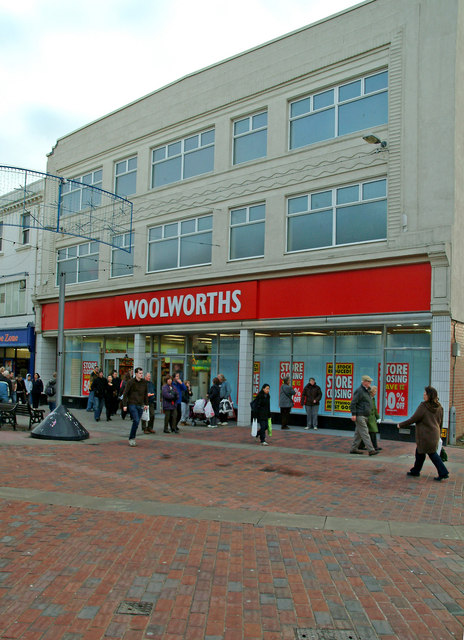Few names evoke as much nostalgia among UK shoppers as Woolworths. For decades, it was a staple of the British high street, known for its pick ‘n’ mix sweets, affordable household goods, and friendly, accessible stores. But how did Woolworths become such a cultural icon, and what led to its eventual demise? Let’s take a journey through the history of Woolworths UK.
The Early Days: An American Import
Woolworths’ roots trace back to the United States, where Frank Winfield Woolworth opened his first “five-and-dime” store in 1879. The concept—selling various goods at fixed, affordable prices—proved an instant hit. By the early 20th century, Woolworths had become a retail giant in the US, and the company sought to expand overseas.
Woolworths Arrives in the UK
In 1909, the first British Woolworths store opened on Church Street in Liverpool. The formula was simple: offer a wide range of inexpensive goods, from toys and sweets to homeware and stationery, all under one roof. The store was an immediate success, and more locations quickly followed. By the 1920s, Woolworths had become a fixture in towns and cities across the UK.
The Golden Years
Throughout much of the 20th century, Woolworths thrived. It became synonymous with value for money and convenience. Generations of children remember spending their pocket money on sweets, toys, and school supplies. Woolworths’ pick ‘n’ mix became legendary—an affordable treat for families. The stores also adapted to the times, selling everything from music records to home electronics.
At its peak, Woolworths operated over 800 stores in the UK and was a household name.
Challenges and declines
The retail landscape began to change in the late 20th and early 21st centuries. Supermarkets and specialist retailers increased competition, while changing shopping habits and the rise of online stores reduced foot traffic. Woolworths struggled to modernise its image and adapt its business model.
Despite efforts to diversify—such as launching its music label and venturing into online retail—the company failed to regain its former glory.
The End of an Era
In November 2008, Woolworths Group entered administration, hit hard by the global financial crisis and mounting debts. After nearly a century of trading, all UK Woolworths stores closed their doors by January 2009. Over 27,000 staff lost their jobs, and the high street lost one of its most beloved brands.
Woolworths’ Legacy
Although the physical stores are gone, Woolworths’ legacy endures. Many former locations have been taken over by other retailers, but the memories of Saturday shopping trips, Christmas sales, and pick ‘n’ mix remain strong in the British public’s imagination.
For a time, the Woolworths brand lived on as an online retailer, but the website eventually ceased operations as well. Today, the brand is a symbol of a bygone era—a reminder of how retail and society have evolved.
Conclusion
Woolworths UK was more than just a shop; it was a part of everyday life for millions. Its rise and fall reflect broader changes in consumer habits and the retail industry. While it may be gone from the high street, the fond memories and cultural impact of Woolworths will not be forgotten.
Discover more from TheHubBuzz.com
Subscribe to get the latest posts sent to your email.

